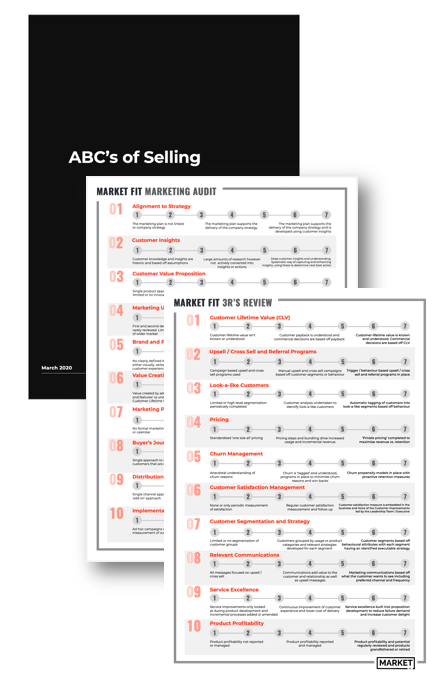A side of friendly rivalry here and there, or some natural productive competition between two members of the same team, is healthy, right?
But what happens, when that rivalry, that competition goes too far?
We all understand that when it comes to the Marketing and Sales Teams within organisations, that often enough, the two teams seem to forget that ultimately, they are on the SAME team.
In fact, they may as well be battling it out in the ring for all it’s worth.
So big is the rift between them that it has been estimated that this misalignment is costing upwards of $1 trillion a year.
Yes, that’s right, you read it correctly. $1 trillion each year. That’s no small sum we are talking about.

Look we get it, if you are a Sales team member, you are probably reading this thinking, well it’s the Marketing team’s fault. But guess what, that’s exactly what the Marketing team member may be thinking about the Sales team.
When questioned on what their biggest issue and concern with the other team was, Sales answered that they felt as though the marketing teams were not producing enough sales-ready quality leads. They wanted more leads, they wanted competitive information and intelligence, and more work on increasing brand awareness. Marketing on the other hand, answered that they wanted the leads they produced to be followed up on more and to receive feedback on campaigns.
Some of the biggest challenges that Marketing teams and Sales teams are facing is a severe lack of communication.
If you, from the onset, try to have these two teams working together, instead of separately, you may find yourself immersed in a wealth of percentage increases, beneficially speaking.
HubSpot has carried out research that has shown that when these two teams work efficiently together, there can be upwards of nearly 38% more deals closed.
That sounds good doesn’t it?
But it doesn’t stop there.
These teams that work together, have seen their organisations achieve a 27% faster three-year profit growth, as well as an overall 208% high revenue achievement.
Even if these are only a half or quarter right, they are still impressive.
Believe it or not though, the changes you can make are quite subtle, and frankly, glaringly obvious.
Sales and Marketing teams belong together.
Think about your mornings without your coffee, your day doesn’t get off to quite the right start does it?
Well, the same goes for these two not being united. Get the communication pipeline flowing between these two. Because ultimately, this is what it comes down to.
Surveys have shown time and time again that marketers are not satisfied with the communication flow between the teams, and that sales are feeling unsupported by the marketing team.
So what can you do about it?
From the start, set up regular meetings.
Ensure that they are on the same team.
Talk about the leads that are being generated and followed up on.
Ensure feedback is being given on campaigns.
Let the two teams feel that they are supporting one another and helping each other.
Because when these two teams feel supported, you win.
You win, because the benefits of a harmonization of your Sales and your Marketing teams will result in higher revenue being brought in. Harvard Business Review has shown that if these two teams are aligned, then key business metrics improve. It has been further shown that this alignment between Sales and Marketing can improve customer retention rates, sales win rates, deal closing, shorter buying cycles and can help to decreased the level of wasted leads.
Last week I made the analogy of the similarity between Marketing Teams / Sales Teams to the roles of forwards and backs in a rugby team. And it is clear to see why.
While the forwards set up the groundwork and the foundation for the backs to score their tries, without one supporting the other, it would fall apart. There would be no tries to score, there would be no end goal for the groundwork to be set up for.
So just like the forwards and the backs, do the work you both need to do, but ensure that you are supporting one another. Because when one wins, you both win. And if you are looking to ensure your business’ success, have the two teams meet regularly, ensure they are on ONE team.
Combine their efforts, harmonise their goals. It’s time the two ended their war.
Let’s get some of that $1 trillion dollars.



